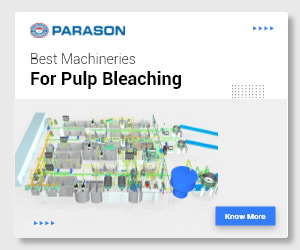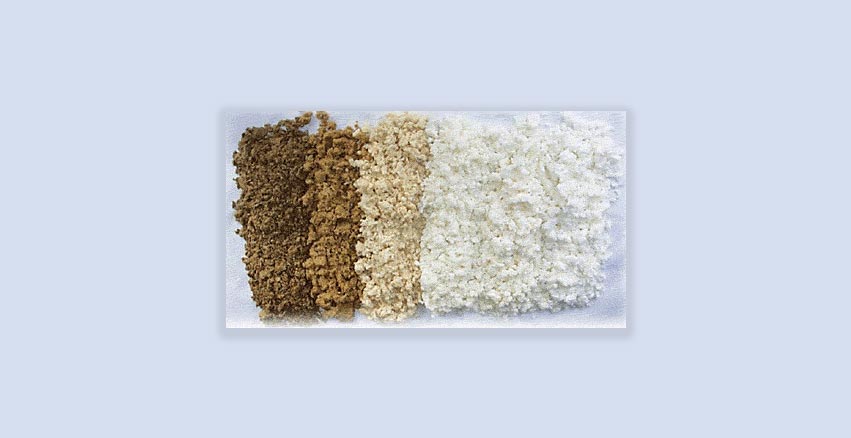Despite the fact that we have been utilizing paper for many decades now, the procedure of paper formation has evolved with time.
With the advancement of technology, we have also improved the paper-making process.
100 years ago, all of the papers were in a yellow and dark color scheme. After a few days of use, older papers had a tendency to become yellowish in color.
In recent years, there has been a significant increase in the production of white papers.

The demand for bright white paper has expanded significantly over the last two or three decades as a result of technological improvements in the paper and printing industries.
Various chemical concentrations have been invented by the paper producing sectors in order to obtain the cleanest type of paper pulp possible.
The bleaching process is responsible for the majority of the improvement of paper pulp grade.
It is evident that the paper pulp generated from the wood stock has certain color abnormalities, but these may be eliminated by the use of the bleaching process.
What is Pulp Bleaching Process?
The pulp bleaching process is a chemical science procedure that is used to improve the quality of wood pulp by reducing the color tint and increasing the purity of the pulp. We all know that paper is created from wood pulp, and that one of the most essential properties of paper is its whitening propensity.
Bamboo and kenaf are examples of quasi-cellulose fibers that may be bleached using these processes and chemicals.
The bleaching procedure helps to reduce the amount of lignin in the final product. Pulp bleaching may be divided into two categories, namely,

1. Bleached Pulp
2. Unbleached Pulp
1. So what is Bleached Pulp?
The bleached pulp is widely preferred and used by paper manufacturers across the globe, As it provides desired whiteness of the paper pulp.
There are two types of bleaching; one is called “delignification bleaching,” and the bleaching agents are oxides like chlorine and ozone. The other type is called “delignification bleaching,” and the bleaching agents are chlorine dioxide and hydrogen peroxide. Due to environmental awareness, chlorine is replaced with enzymes.
Proper chemical bleaching treatment does provide high quality and better fiber properties in a short amount of time.
2. How is Unbleached Pulp different:
The unbleached pulp process is the absolute antithesis of the above-mentioned bleached pulp process. This type of paper is made from pulp that has not been processed, in which case whitening of the pulp is unnecessary. In the case of unbleached pulp, no chemical processing is required.
Kraft paper is developed from the unbleached form of the pulp, which is brown in color. The lignin present in the pulp adds that brown color to the pulp.
Bleached vs. Unbleached Pulp, which is better?
Both pulps have their own range of applications. Bleached pulp is preferred and exclusively used by white paper manufacturers who specialize in white paper production.
On the other hand, Kraft paper makers primarily use raw unbleached pulp since it is more adaptable and may be used for a variety of kraft paper applications.


